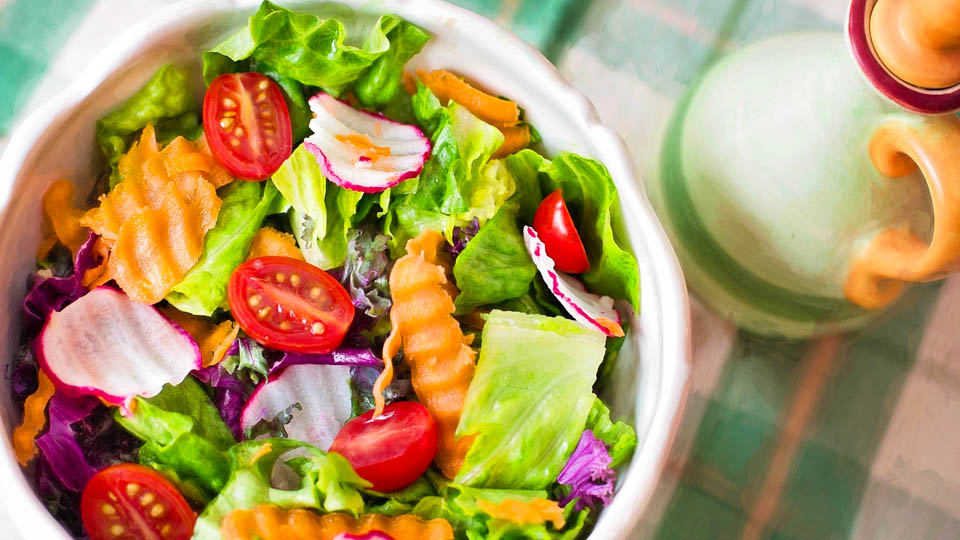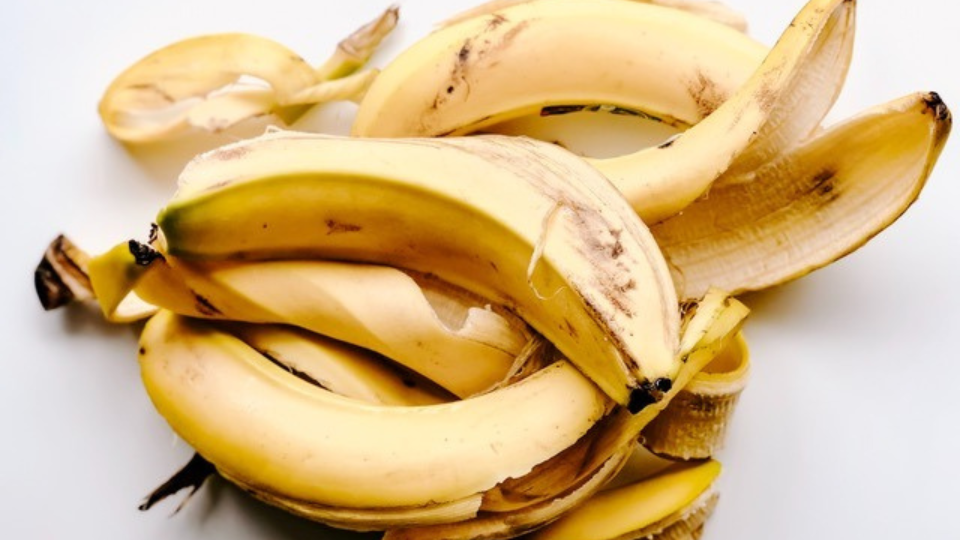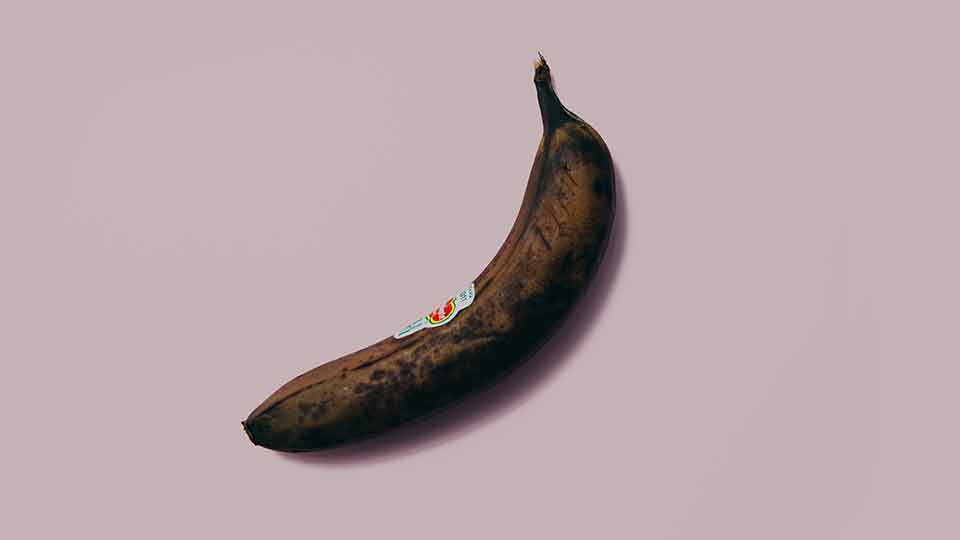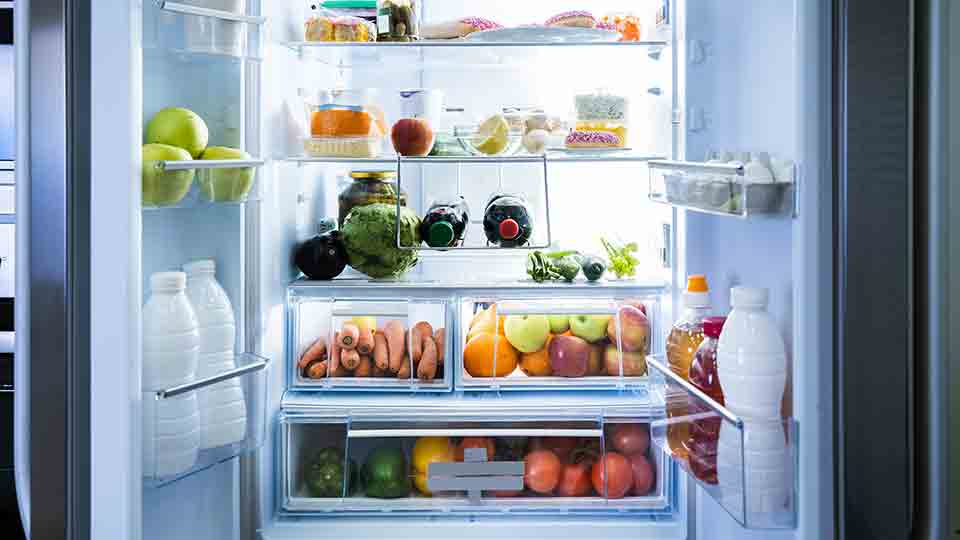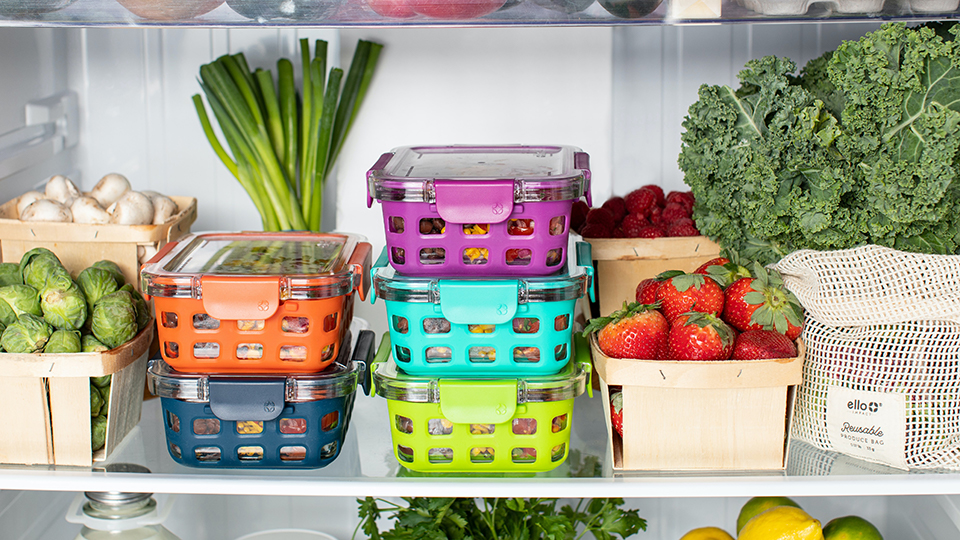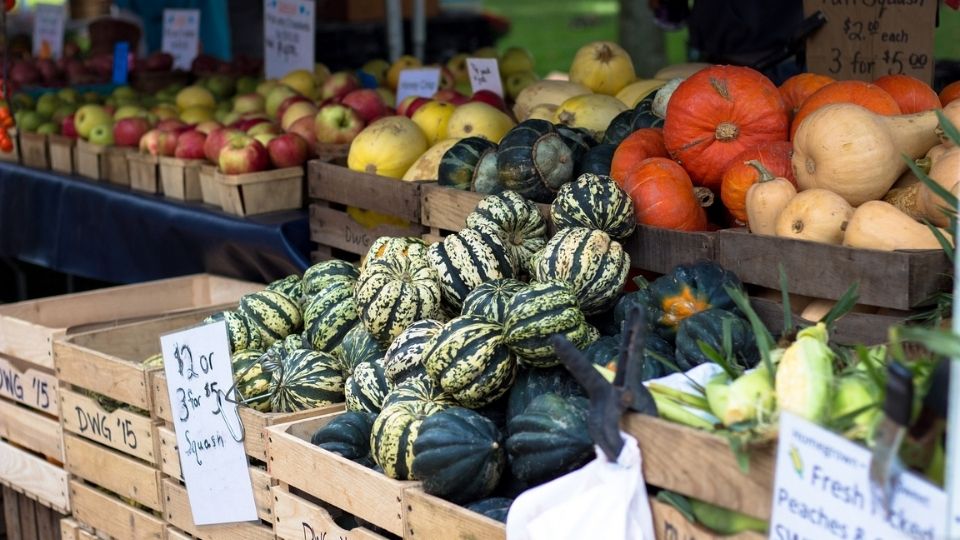Food Waste Prevention Part 5: Food Labels and Food Safety
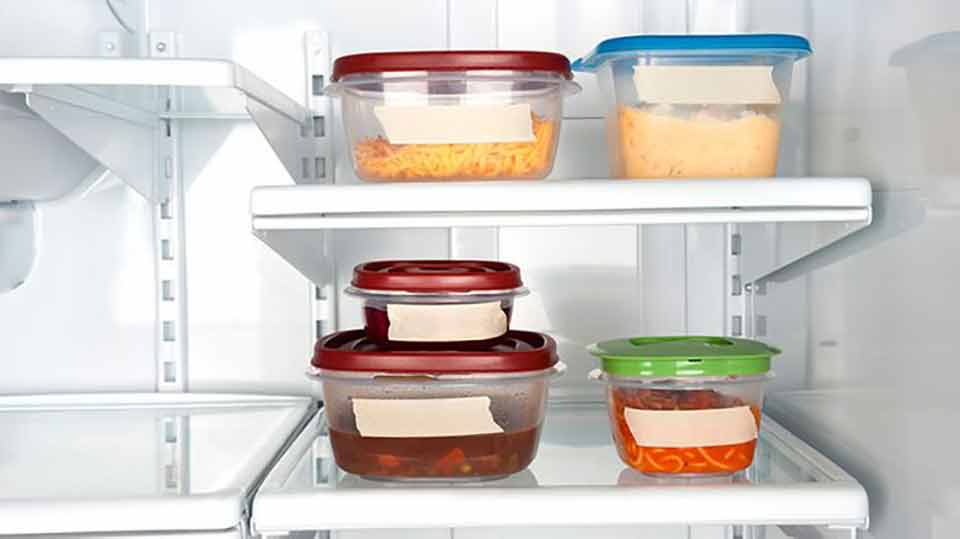
According to the FDA, consumer uncertainty about the meaning of the dates that appear on the labels of packaged foods is believed to contribute to about 20% percent of food waste in the home. The U.S. does not yet have federal regulations standardizing the use of date labels on foods, so knowing whether there is a food safety concern can be confusing for the consumer. To prevent food waste, see our table below to better understand what the dates on food mean.
"Best if Used By"
- Date indicates when a product will be of best flavor or quality.
- Not a purchase or safety date. Examine foods that are passed this date. If the products have any noticeable changes in color, consistency, or texture, you may want to avoid eating them.
"Sell-by"
- Date tells the store how long to display the product for sale for inventory management.
- Not a safety date.
"Use-by"
- Date is the last date recommended for the use of the product while at peak quality. It is not a food safety date except for when used on infant formula.
- Not a food safety date EXCEPT for when used on infant formula.
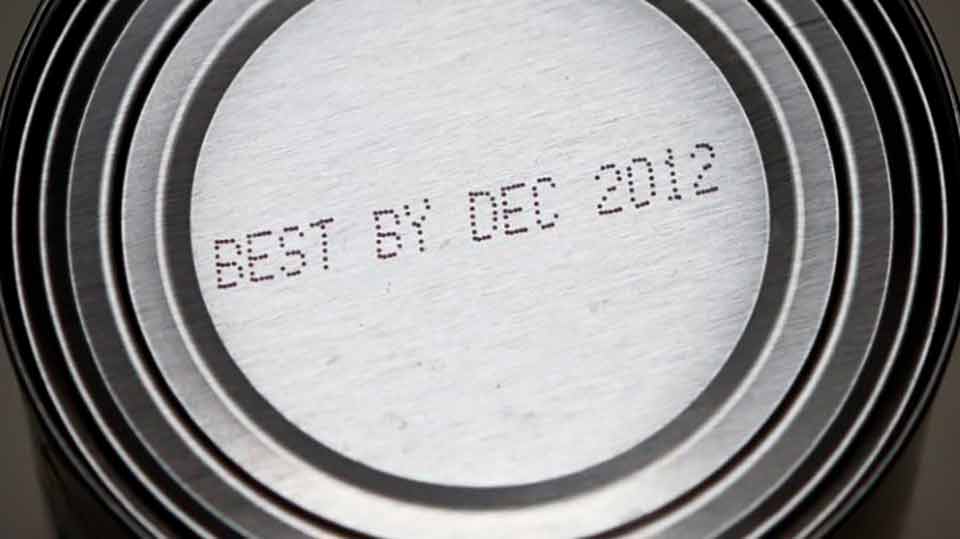
"Freeze-by"
- Date indicates when a product should be frozen to maintain peak quality.
- It is not a purchase or safety date.
How to Properly Store Refrigerated/Frozen Items
Regarding food spoilage, there are two types of bacteria that grows in foods; Pathogenic bacteria and spoilage bacteria. Pathogenic bacteria cause foodborne illness whereas spoilage bacteria do not, but they cause food to develop unpleasant characteristics such as undesirable tastes or odors. Nutrients, moisture, time, and favorable temperatures are all things that allow spoilage bacteria to grow rapidly and affect the quality of food. Food spoilage occurs much more rapidly if food is not stored or handled properly. To avoid food spoilage from occurring, practice the following habits:
- Keep a constant refrigerator temperature of 40 degrees F or below. You can use an appliance thermometer to make sure it stays below this temperature.
- Avoid overfilling your refrigerator so that cold air can circulate to keep foods safely at proper temperatures.
- Refrigerate foods quickly after eating to slow the growth of harmful bacteria.
- Practice safe cooking skills by avoiding cross contamination of foods, and cooking foods to their proper temperature. To learn more about how to practice safe cooking skills, visit “Create Safe Food”.
- There is an app called FoodKeeper that was created by the USDA. This application helps you to maximize the storage life of foods and beverages in your home. There is information about how to properly store all types of food. It can even set reminders in your calendar to prevent food from perishing. https://www.foodsafety.gov/keep-food-safe/foodkeeper-app
Here are some important things to remember the next time you're cleaning out your refrigerator:
- Spoiled foods will develop an off odor, flavor or texture due to naturally occurring spoilage bacteria. If a food has developed such spoilage characteristics, it should not be eaten.
- The quality of perishable products may deteriorate after the date passes; however, such products should still be safe if handled properly. Evaluate the quality of the product for signs of spoilage before throwing it out or consuming it.
- Changes in meat color does not mean it is spoiled. It is normal for meat to fade or darken while being refrigerated or frozen. White dried patches on frozen meat are an indication of freezer burn. This does not mean its spoiled, but you may want to cut those pieces off for quality reasons such as taste and texture. Indications of meat spoilage include meat having an off odor, being sticky or tacky to the touch, or being slimy. See this info sheet for more food safety information on Meat and Poultry.
How to Properly Store Shelf-Stable Foods
Whether you are stocking up your pantry, or establishing an emergency food storage in your home, it is important to remember these three principles: First, only buy and store items you will consume, even if they are on sale. If you do not currently include that food item in your diet, you will likely end up wasting it. Second, do not purchase more than you will rotate and use within a 2–3-year period of time to reduce food waste. Third, ensure that the quality of the item you purchase is acceptable. Quality does not improve upon storage for most foods.
Here are some important things to remember:
- Dry foods such as flour, cake mixes, seasonings, and canned goods should be stored in their original packages or tightly close airtight containers below 85 F (optimum is 50-70 F). If humidity greater than 60% comes into contact with these foods, it can cause caked and stale products.
- Discard any canned goods that are swollen, badly dented, rusted, and/or leaking to avoid foodborne illness.
For more information about food storage, visit USU Extension – Food Storage in the Home.
FIFO Method
The FIFO (First-In-First-Out) method is used to ensure foods stored in the refrigerator, freezer, or pantry is consumed within the expiration dates. Label your leftovers or cooked foods with the current date and contents before putting them in the refrigerator or freezer. When stocking your food storage, newest items should go in the back and oldest items should be pushed to the front to ensure that you are using food prior to their expiration dates. Focus on consuming earliest purchased food items and items whose shelf life is the shortest.
In the next article, Part 6, you’ll learn ways to reduce food waste using basic cooking and food preservation skills.
References
- Confused by Date Labels on Packaged Foods? (2013, May 23). U.S. Food and Drug Administration. Retrieved November 28, 2020 from https://www.fda.gov/consumers/consumer-updates/confused-date-labels-packaged-foods
- Food Product Dating. (2019, October 2). U. S. Department of Agriculture. Retrieved December 5, 2020 from https://www.fsis.usda.gov/wps/portal/fsis/topics/food-safety-education/get-answers/food-safety-fact-sheets/food-labeling/food-product-dating/food-product-dating#:~:text=In%20an%20effort%20to%20reduce,product%20prior%20to%20its%20consumption
- Food Facts: How to Cut Food Waste and Maintain Food Safety. (2019, November). U.S. Food and Drug Administration. Retrieved December 5, 2020 from https://www.fda.gov/media/101389/download#:~:text=FDA%20supports%20efforts%20by%20the,Best%20if%20used%20by%E2%80%9D%20date
- Boyer, R. & Mckinney, J. (2018). Food Storage Guidelines for Consumers. Virginia Cooperative Extension. https://vtechworks.lib.vt.edu/bitstream/handle/10919/84264/FST-286.pdf?sequence=1&isAllowed=y
- Haraminac, E. (2014, June 11). Keeping Food Safe: Choosing Food Storage Containers. Michigan State University. https://www.canr.msu.edu/news/keeping_food_safe_choosing_food_storage_containers
Authors
Meghan Adair, Dietetics Student ; Carrie Durward, Nutrition Specialist
Related Nutrition Articles



